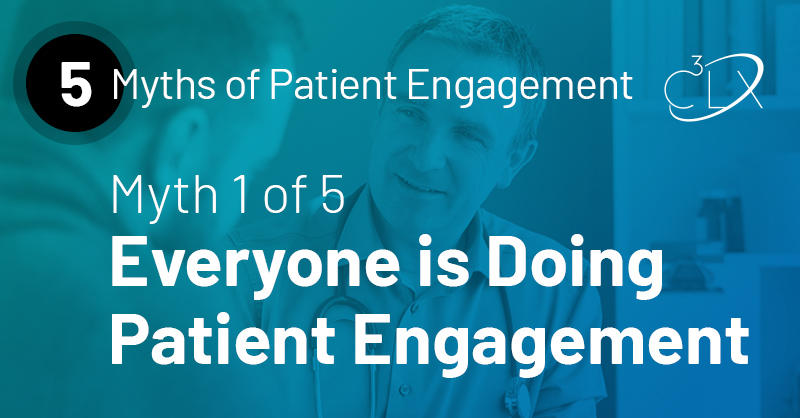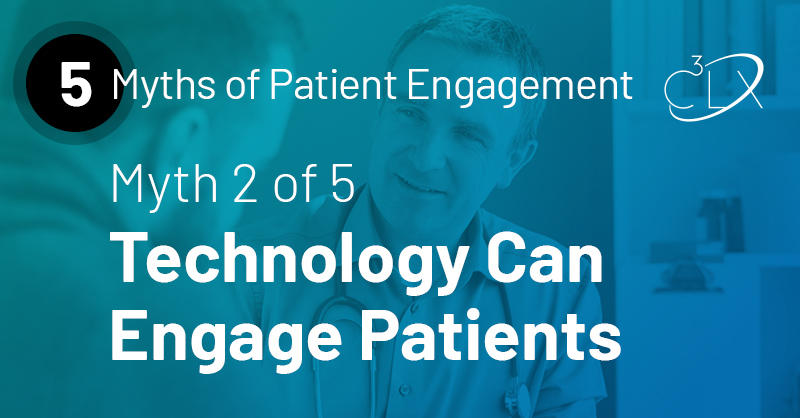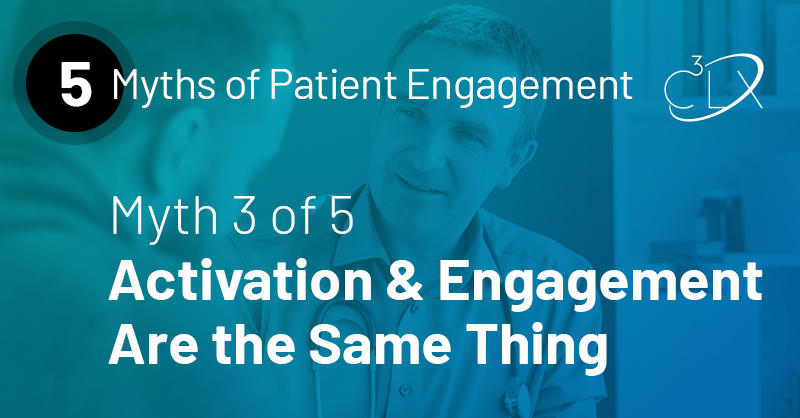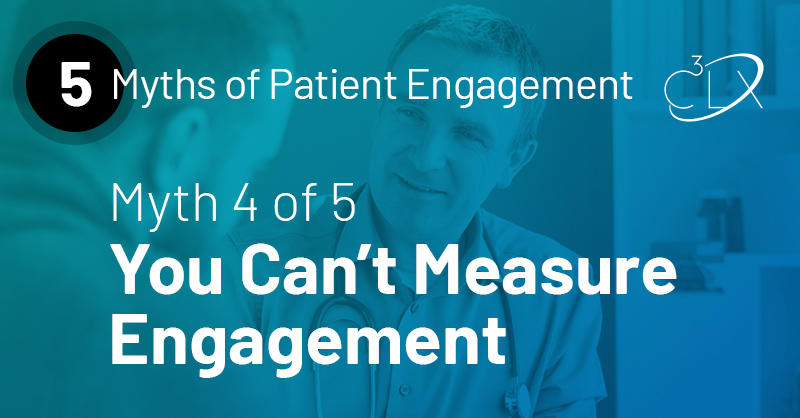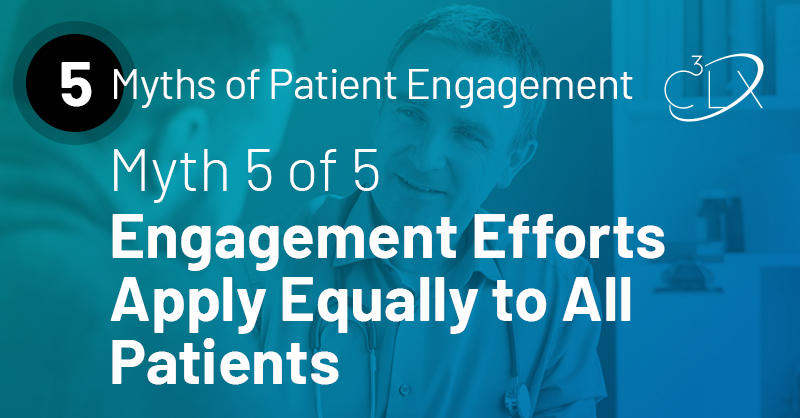Debunking some common misconceptions around patient engagement
The infusion of technology into the healthcare setting provides some unique opportunities to increase patient engagement. However, the yearning to combine human connection and technology has led to some common misconceptions and myths about patient engagement. We’re setting the record straight on a few that you may have heard:
Myth #1: Everyone is doing patient engagement
In fact, very few organizations are actually doing patient engagement. It cannot solely be defined as an office visit, or a conversation between a doctor and a patient about some behavior that needs to change, nor can it be accomplished through disconnected technologies or portals. Patient engagement is an active and dynamic health behavior change process between a care team and a patient. 99% of patient engagement happens outside of the four clinic walls. It is a bi-directional clinical and interpersonal process, fueled by a unique understanding of what is truly important to your patients, and focused on individual change through accountability, motivation, connection, support and education.
Myth #2: Technology can engage patients
No, it can’t. We know - heresy from a patient engagement technology company! Facilitated by technology? Enabled by technology? Yes to both, but technology is not the same thing as patient engagement. Patient engagement starts first with a deep understanding of the patient, builds on and fosters the unique relationship between a care team and the patient, and then applies that understanding to any technology initiative.
Myth #3: Activation and engagement are the same thing
No, they are not. Activation, typically measured by the PAM Score (Patient Activation Measure) refers to a patient’s willingness and ability to take independent actions to manage their health and care. Engagement is a dynamic, longitudinal interpersonal process to maintain an individual’s education, motivation, and action in managing their health. Engagement is broader, contextual and behavioral. The engagement process includes activation, but is ultimately focused on patient behavior. Readiness to change, or ability to change, without the resulting actual behavior change has no value.
Myth #4: You can’t measure engagement
Engagement can be measured; however, current measures, like utilization or satisfaction, are horrible proxies for engagement. Engaging patients is difficult, complex, longitudinal and needs to be tied to overall health improvements. We have found that engagement cannot be measured in a single metric, like whether or not a patient has been in for a visit in the last twelve months, although most organizations do exactly that. A measurement system for engagement must be multifactorial, actionable to the patient and care team, driven by real-time patient generated health data, be fluid over time and be connected to goals that patients and care teams set together.
Myth #5: Engagement efforts apply equally to all patients
It certainly would simplify efforts if this was true, but what is the reality? Unique groups of patients have very different value propositions, relationships to their care teams, decision making frameworks and motivations. Once you understand these groups, then engagement efforts can work much more uniformly within each group. Traditionally, these clusters have been defined by demographics or diagnosis, and those do not translate to engagement. The key is to understand these groups by their attitudes, aspirations, and other psychological criteria. In healthcare, we have found two critical dimensions to understand in order to engage patients. The first dimension is the patient’s desired relationship with their provider and the second dimension is how a patient wants to make decisions about their care. These two dimensions form five key patient segments, and everything else in the world of patient engagement flows out of these.
The opportunities to employ best practices in patient engagement are plentiful - learn more about how to do so effectively and meaningfully.
